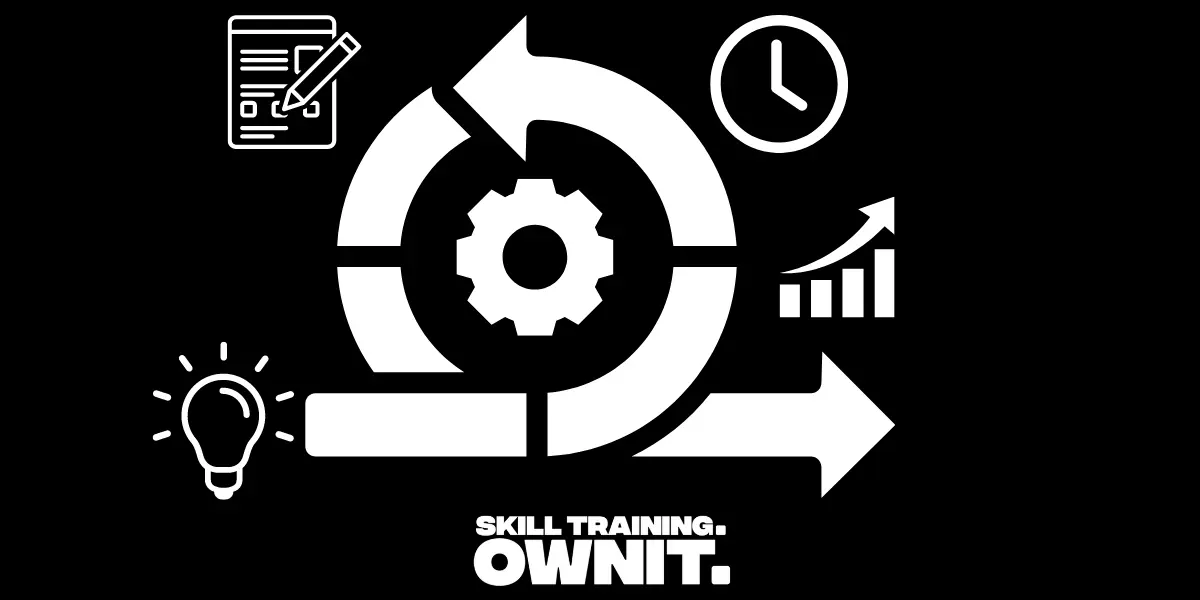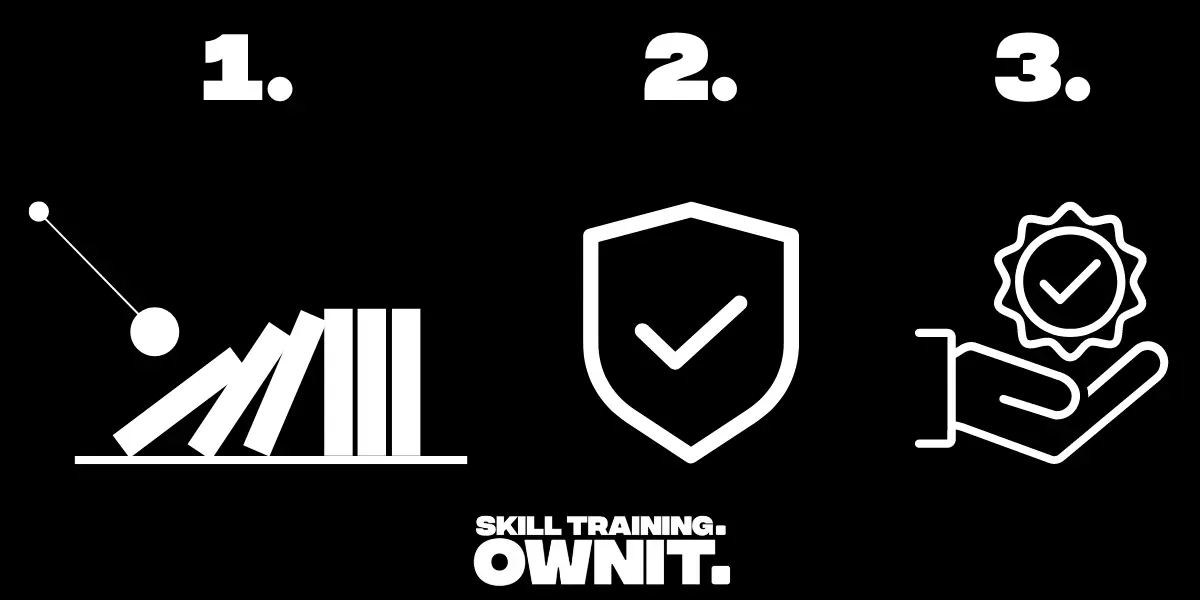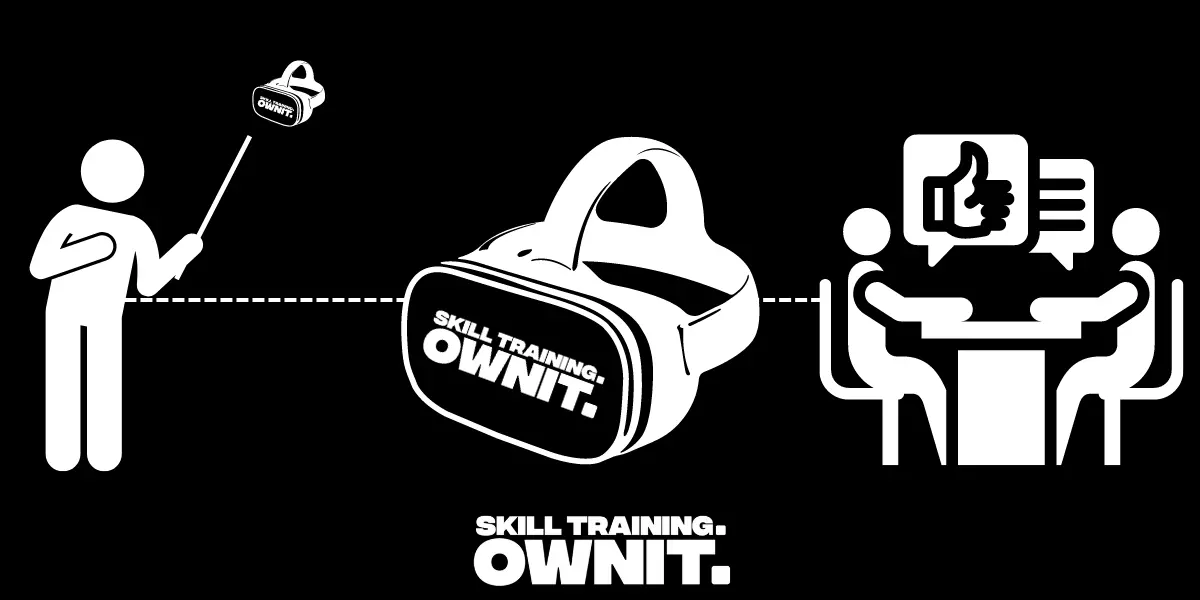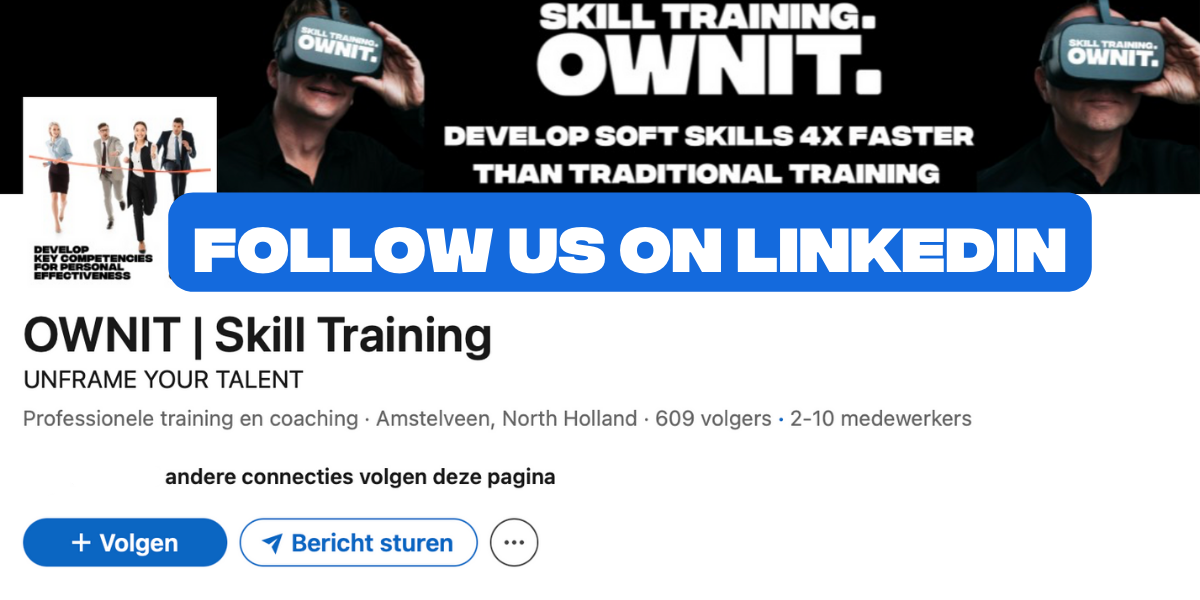What is agile working?
Agile working is a modern approach to workplace organization that emphasizes flexibility, collaboration, and adaptability. Rooted in the principles of the Agile Manifesto, originally developed for software development, agile working extends these concepts to the broader work environment. It focuses on empowering teams to deliver value continuously through iterative processes, encouraging responsiveness to change, and fostering a culture of continuous improvement.
In an agile working environment, traditional hierarchical structures are often replaced by more fluid, team-oriented frameworks where cross-functional teams collaborate closely.

A culture of continuous improvement
To create a culture of continuous improvement, one of the eight characteristics of an agile organization is learning through experimentation. The ability to learn from mistakes is a cultural aspect that may not exist in every company.
Fear of mistakes can stifle innovation. Recognizing that many decisions are based on assumptions can lead to unexpected outcomes, making it essential to allow for mistakes. Organizations embracing this concept foster environments where teams discuss results respectfully, identify successes and failures, and define actions to apply learned lessons.
A culture that allows for mistakes is crucial for self-directed learning, as mistakes are opportunities for growth.
The agile learning approach
Many organizations that want to develop a culture of continuous improvement recognize the importance of developing communication skills. However, it’s interesting to observe that many organizations continue to organize communication skills training in a traditional way. Why not provide an agile learning approach by creating a safe, experimental learning environment that’s four times faster than traditional training?
Three crucial prerequisites
To allow professionals to develop their communication skills, it is important to experiment and make mistakes. To do this effectively, three prerequisites are crucial:
- Mistakes should not lead to serious consequences.
- The environment for experimenting and making mistakes must be safe.
- Professionals should have the opportunity to assess the quality of their own skills.

Traditional skills training turns out to be not the most effective way to meet these prerequisites.
- Role-playing situations are often found to be unpleasant by many professionals, to put it mildly.
- People feel observed during role-playing, which feels far from safe, and the trainer decides what is good and what can be improved.
- Additionally, the training days tend to be very long.
We have developed a soft skills training method that is safer, faster, and therefore better. We call this the OWNIT Agile Learning method.
OWNIT’s agile learning method
We use realistic role-playing scenarios with the help of virtual reality to give participants the chance to experiment fully in a safe learning environment without being observed by others. Experiencing role-plays simultaneously shortens training sessions to just 3 hours. This makes it easy to fit training into a regular workday.
How does it work?
Kick-off: After a brief welcome, we introduce the participants to the workshop topic. We explain how the VR headset works and address any questions or concerns.
VR Role-play: Each participant receives a VR headset and engages in role-playing scenarios to become aware of their own areas for improvement. After that, participants experience the related VR lecture to explain the skill-related framework.
Meaningful Conversation: Participants share their role-playing experiences and discuss them in the group. They share personal insights and make concrete agreements on how to improve collaboration within the team.
With this agile learning method, difficult topics become easier to discuss within the team.




